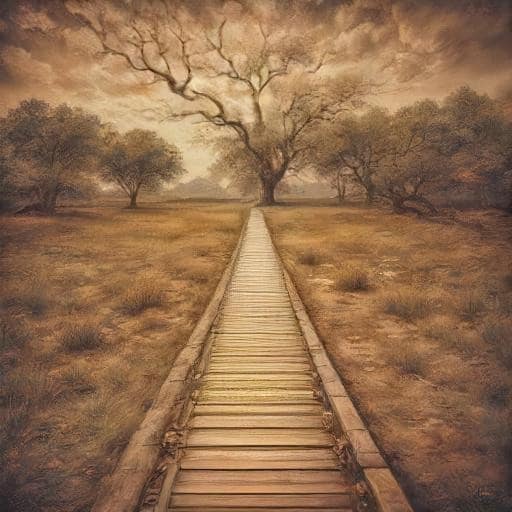All major spiritual traditions aim to provide us with a roadmap to guide our individual journeys toward enlightenment. These roadmaps consist of moral codes, parables, and sometimes, detailed accounts of mystical experiences. We often delve into the intricate narratives of ascended masters to gain a deeper understanding of our own journeys, seeking inspiration and guidance along the way. Similarly, when planning a road trip, we rely on maps and guidebooks to understand our destination. However, just as with spiritual journeys, the actual experience of the road trip transcends what a map can offer. There is no true comparison between merely tracing a line on paper and physically driving along the road that line represents.
Some individuals are naturally inclined to follow maps closely, while others seek out new and unconventional routes to reach their destination. Ultimately, as every great spiritual teacher would agree, the only dependable compass lies within us. The maps and travelogues left by others are invaluable resources, rich with useful insights and inspiration, but they cannot undertake the journey for us. When it comes time to merge onto the highway or set sail, we find ourselves essentially alone. Unpredictable weather, unexpected road closures, and sudden traffic jams can emerge without warning, leaving our maps unable to guide us. The decision to seek shelter, push forward, or turn back is entirely ours.
Maps are based on past observations, while we navigate the present. Therefore, we are the true experts of our journey to enlightenment. We may discover that the paths once traveled by others are now impassable or feel compelled to change direction entirely, rendering our maps obsolete. These moments challenge us to tune into our inner compass, following a path visible only to us, as we venture into the uncharted territory of our own enlightenment.


